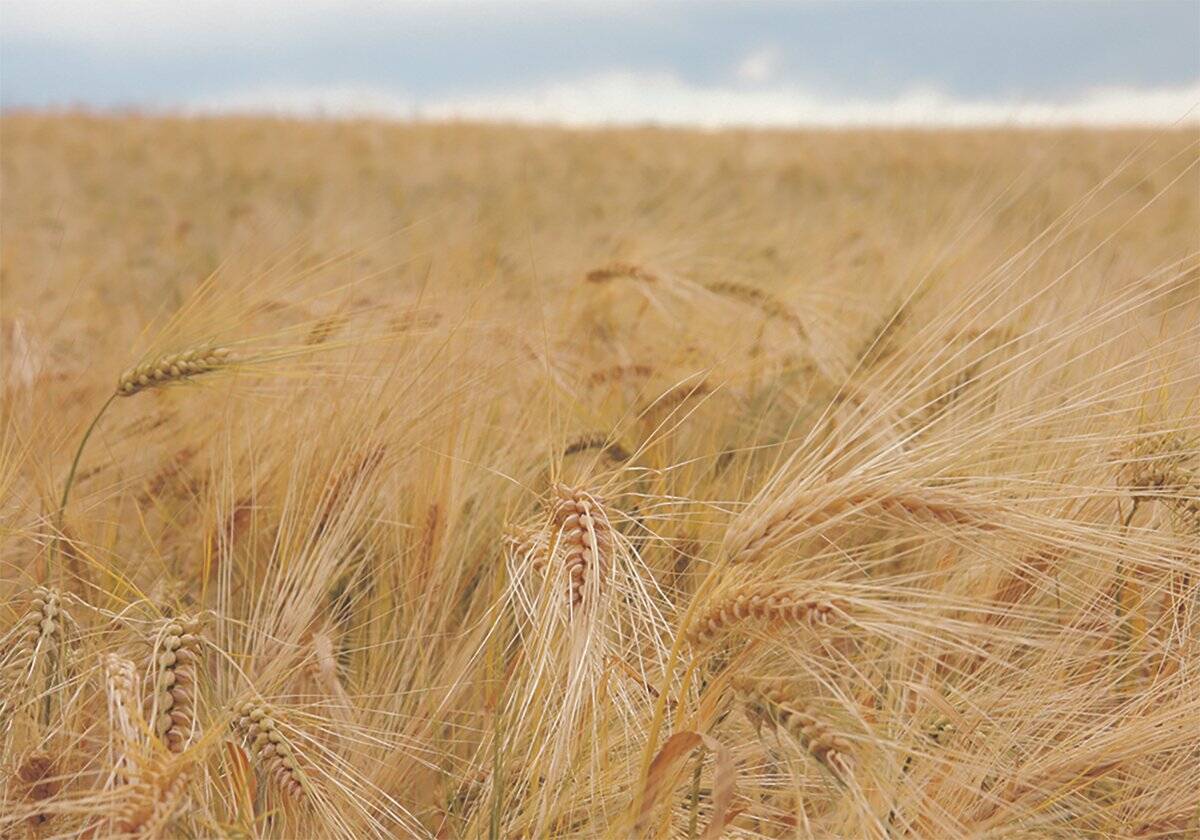(Resource News International) — Cash bids for flaxseed in Western Canada have been holding fairly steady and in some cases, have firmed, as exports of the commodity are pretty good.
“Last fall, when Canada lost its ability to ship flaxseed to Europe, there were ideas stocks of flax would just begin to pile up, given that Europe took a good chunk of the product,” said Mike Jubinville, an analyst with ProFarmer Canada.
There has been surprisingly good movement of Canadian flaxseed to China, but the value at which the product is moving is not exactly inspiring producers.
Read Also

Feed Grain Weekly: Quiet trade to close the year
Feed grain prices are not expected to change drastically in the coming months, said a Saskatchewan-based trader.
“China is willing to take Canada’s flaxseed, but has not been willing to pay too high of a value,” he said.
When flaxseed values climb above $8.50 a bushel, the demand tap from China dries up, Jubinville said.
“The good news is that we are chewing through Canada’s old-crop flaxseed inventory, but the price at which we are moving the product is not what it has been in the past.”
Good movement has also been seen to the U.S.
Canadian Grain Commission statistics show that at the end of March, Canada had exported a total of 373,300 tonnes of flaxseed in the 2009-10 crop year, which was up from 363,200 at the same time a year ago.
Canadian flax shipments to Western Europe, primarily Belgium, at the end of March in the 2009-10 season were 150,500 tonnes, which was down from 297,300 at the same time in 2008-09.
Meanwhile, Canadian flaxseed exports to China at the end of March were 141,700 tonnes, compared to nothing in 2008-09.
U.S. imports of Canadian flaxseed at the end of March totalled 75,200 tonnes, up from 61,000 at the same time in 2008-09.
Jubinville said that while demand for Canada’s flaxseed has been reasonable, producers have not been excited about the value which they have been getting.
He also cautioned about reading too much into the cash bids that are being made.
“Top-end value”
The bids at the high end of the scale are based on the flaxseed testing clean, meaning no traces of contamination by genetic material from the deregistered, genetically modified variety CDC Triffid.
“If the flax does not test clean, you do not get the top-end value,” he said, noting that this has been the big issue, as there is very little flaxseed in Canada that does not test without some contamination.
Even certified flax being sold by the seed dealers is not testing clean, he noted, and that means a very deep-rooted problem exists.
Cash bids for old-crop flaxseed delivered to the elevator in Saskatchewan, based on Prairie Ag Hotwire data, currently range from $7.85 to $7.93 a bushel, in Manitoba $7.89-$8.12 and in Alberta $7.82-$8.05.
New-crop bids were in the $7.85- to $9 per bushel range.
Old-crop bids for flaxseed on April 1 in Saskatchewan were $7.95 to $8.08 and in Alberta they were $7.89 to $8.50.
New-crop bids in Saskatchewan, delivered to the elevator on April 1, ranged from $8 to $9 a bushel. No new-crop offers were available in either Manitoba or Alberta.
The European Union initially suspended all Canadian flaxseed entering the region in early September 2009. In November 2009, Japan also initiated testing of all Canadian flaxseed entering the country after the discovery of genetically-modified (GM) contamination. Brazil began testing Canadian flaxseed for GM contamination in December 2009.
There are currently no varieties of GM flaxseed registered in Canada. Triffid got regulatory feed and environmental safety authorizations in 1996, and food safety authorizations in 1998, and was deregistered without being released for commercial production.














